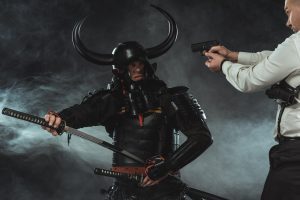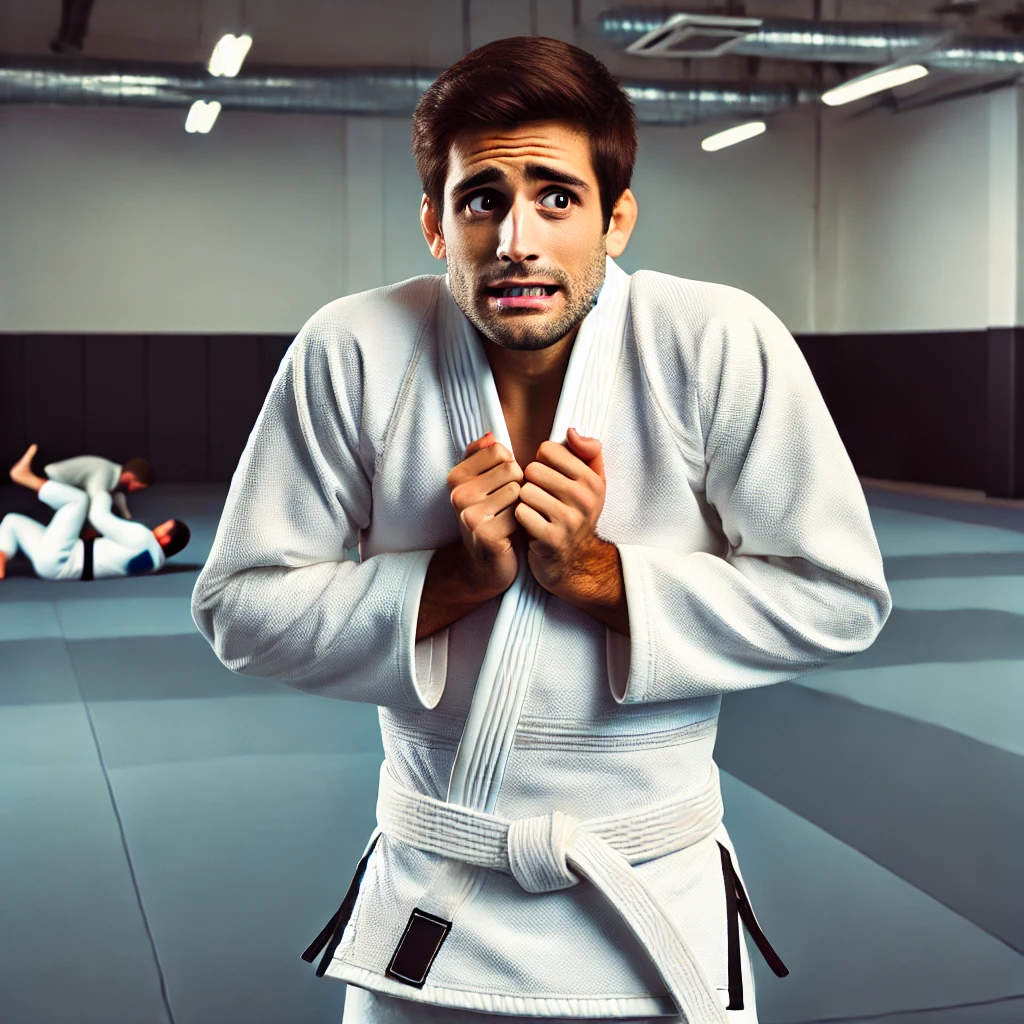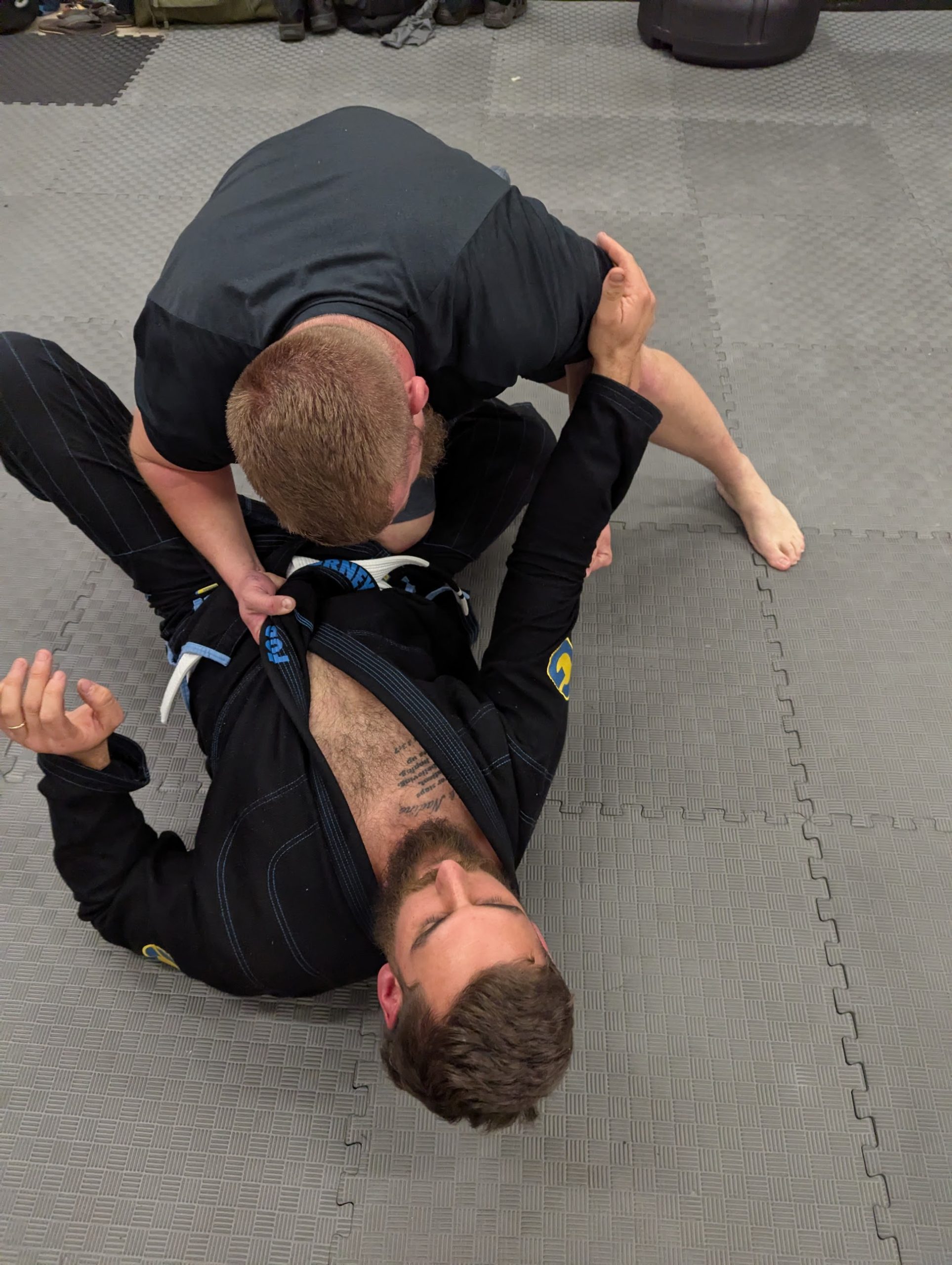Today, Brazilian jiu-jitsu (BJJ) stands as one of the world’s fastest-growing and most popular combat sports. Its exponential rise in practitioners and its recognition as both an effective martial art and a powerful tool for physical and mental well-being are undeniable. But how did we get here? Let’s explore the origins and evolution of this beloved martial art.
What is Jiu-Jitsu? The term “jiu-jitsu” originates from the Japanese words “ju,” meaning gentle or flexible, and “jutsu,” meaning art or technique. Thus, jiu-jitsu is often referred to as “the gentle art.” The spelling “jiu-jitsu” is used in Portuguese, while “jujutsu” is a more direct phonetic translation from Japanese. In modern contexts, “jujutsu” typically refers to the traditional Japanese art, whereas “jiu-jitsu” denotes the Brazilian variant. For consistency, we will use “jiu-jitsu” throughout this article.
A Focus on Grappling and Ground Fighting Modern Brazilian jiu-jitsu is predominantly a grappling-based martial art that emphasizes ground-fighting techniques. Utilizing leverage, timing, and technique, practitioners aim to achieve submissions through joint locks and chokes. These core principles allow smaller individuals to overcome larger opponents, making BJJ unique among martial arts. At Black Sheep Brazilian Jiu Jitsu in Louisburg, NC, we stay true to our roots and teach real world applicable jiu jitsu.
The Roots of Jiu-Jitsu: Feudal Japan
 The origins of jiu-jitsu can be traced back thousands of years to Buddhist monks in southwest India. These techniques spread through China, Okinawa, and Japan. However, modern jiu-jitsu’s story truly begins on the battlefields of feudal Japan. It is believed that jiu-jitsu was developed as a combat system for samurai warriors who, when disarmed and on foot, needed effective methods to defend themselves.
The origins of jiu-jitsu can be traced back thousands of years to Buddhist monks in southwest India. These techniques spread through China, Okinawa, and Japan. However, modern jiu-jitsu’s story truly begins on the battlefields of feudal Japan. It is believed that jiu-jitsu was developed as a combat system for samurai warriors who, when disarmed and on foot, needed effective methods to defend themselves.
Unlike striking-based arts, which were less effective against heavily armored opponents, jiu-jitsu focused on throws, joint locks, and chokes. The earliest recorded formal style of jiu-jitsu is Shinden Fudo-Ryu, established around 1130 CE by Ganpachiro Temeyoshi.
In the 17th century, during the Tokugawa shogunate, Japan entered an era of relative peace, leading to the increased popularity of unarmed combat. Jiu-jitsu schools proliferated, with hundreds of unique styles emerging throughout Japan.
Jigoro Kano and the Birth of Judo
In 1874, a young student named Jigoro Kano sought to learn jiu-jitsu as a form of self-defense against school bullies. However, by this time, the art was declining due to Japan’s increasing westernization. Kano eventually found a teacher, Fukuda Hachinosuke, who taught the Tenjin Shin’yo-ryu style. After Fukuda’s death, Kano continued his studies with Iso Masatomo and later with Iikubo Tsunetoshi of the Kito-ryu style.
In 1882, Kano established his own school, the Kodokan Judo Institute, blending the various styles he had studied and incorporating his own innovations. He named his system “judo,” meaning “the way of gentleness.” His focus on live sparring (randori) and a standardized curriculum made judo a modern, practical martial art that was later introduced into Japanese schools.
By the time of Kano’s death in 1934, the Kodokan had grown into a massive institution with thousands of students.
From Japan to Brazil: The Arrival of Jiu-Jitsu
The first jiu-jitsu instructors arrived in Brazil in 1909 under unusual circumstances. The Brazilian Navy cruiser Benjamin Constant rescued a shipwrecked Japanese crew, including two jiu-jitsu instructors, Sada Miyako and Mme. Kakiara. Miyako later taught jiu-jitsu to the Brazilian military and reportedly participated in Brazil’s first Vale Tudo (no-holds-barred) match.
In 1914, another key figure, Mitsuyo Maeda, arrived in Brazil. Maeda, a top student of Jigoro Kano, had been traveling the world showcasing judo. He referred to his art as “Kodokan jiu-jitsu,” reflecting the naming conventions of the time.
Maeda settled in Belém, Brazil, where he met a local businessman, Gastão Gracie. In gratitude for Gastão’s help in establishing a Japanese community, Maeda accepted Gastão’s son, Carlos Gracie, as a student.
The Gracie Family: Pioneers of Brazilian Jiu-Jitsu
Carlos Gracie shared what he learned from Maeda with his brothers Oswaldo, Gastão Jr., George, and Hélio. Hélio Gracie, smaller and weaker than his siblings, modified the techniques to rely more on leverage and timing, laying the foundation for what we now know as Brazilian jiu-jitsu.
In 1925, the Gracie brothers opened Brazil’s first jiu-jitsu academy, launching “Gracie jiu-jitsu.” They regularly engaged in challenge matches to prove the effectiveness of their art against other martial styles, including boxing and capoeira.
During the 1950s, Hélio Gracie participated in high-profile matches, including a legendary bout against Masahiko Kimura, a renowned judoka. Despite losing via an armlock now known as the “Kimura,” Hélio’s spirited performance earned widespread respect.
The Next Generations: Carlson and Rolls Gracie
In the 1950s, Carlos’s son Carlson Gracie took the family’s fighting mantle. He adopted a more aggressive style, incorporating techniques from other disciplines. In the 1970s, Rolls Gracie revolutionized the art by integrating elements from wrestling, judo, and sambo.
Rolls’ influence can still be felt today. He promoted several prominent black belts, including Rickson Gracie, Carlos Gracie Jr., and Romero “Jacaré” Cavalcanti.
The UFC and Global Expansion
Brazilian jiu-jitsu’s popularity skyrocketed in the 1990s with the creation of the Ultimate Fighting Championship (UFC). Rorion Gracie, Hélio’s son, co-founded the UFC to showcase the effectiveness of BJJ. His younger brother, Royce Gracie, competed in the inaugural event in 1993. Despite his modest size, Royce won multiple tournaments, defeating larger opponents through submission.
These victories were a revelation to the martial arts world, demonstrating that BJJ’s techniques could neutralize size and strength advantages. The Gracie family’s success sparked a global interest in jiu-jitsu.
The Modern Era of Brazilian Jiu-Jitsu
After the UFC’s success, Brazilian jiu-jitsu rapidly expanded worldwide. In 1996, the first BJJ World Championships (Mundials) were held in Rio de Janeiro. By 2002, the International Brazilian Jiu-Jitsu Federation (IBJJF) was established to standardize the sport’s rules and competitions.
In 2007, the Mundials moved to California, where it continues to attract thousands of competitors annually. Notable champions like Roger Gracie, a ten-time world champion, have further elevated the sport’s prestige.
Today, BJJ academies can be found in nearly every major city worldwide. The art continues to evolve, with new techniques and strategies emerging constantly. What began on the battlefields of feudal Japan has transformed into a global martial arts movement, offering both practical self-defense skills and profound personal growth for practitioners.





